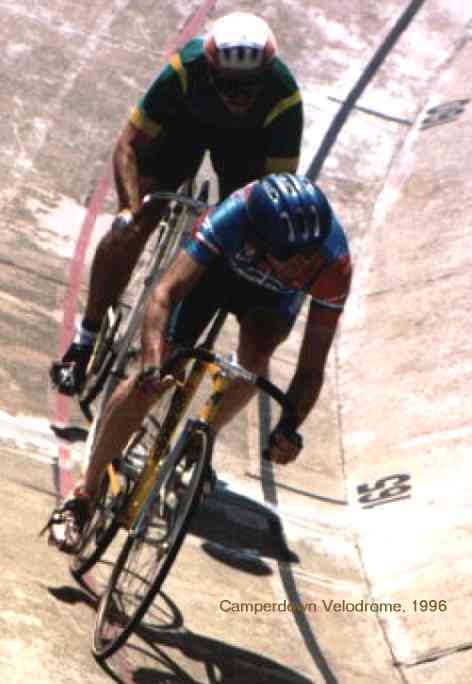It's instructive to take a step back and learn from the past. What we do today often references and builds upon earlier ideas and forms. For example by making digital cameras look and behave a bit like traditional film cameras we make it easier to adapt, learn and take on the new ways. (On the other hand it holds back truly revolutionary designs a tad and keeps us a little hemmed in by the past. It doesn't help those who have never used a film camera at all, either.)
Hanging onto the shape of a 35mm camera is not a bad thing. And carrying-over the terminology of chemical processing at least makes continuity of experience possible. If you knew how to develop and print film then you already knew about framing, cropping, burning-in, blocking, stops, depth of field, film speed and so on. And these things (and more) have been carried over as a standard set of terms.
OK, so let's explain a few things, just in case.
- Cropping and framing are obvious enough analogs for what we do with the printed (or framed, like a painting) output
- Film speed is just the speed with which the light is captured and retained as a potential image, and digital cameras also react more (or less) sensitively to light in much the same way
- Depth of field is the "in focus" area of a shot, and it changes with focal length and aperture, so what you think is in focus may not be... stopping down a bit will deepen that focus area
- But what is this "stopping" business? Stops are a measure of how much light is getting into your camera, digital or not. When you change the aperture by one stop upwards, you are doubling the amount of light in the scene, making things altogether brighter but risking some over-exposure
- But by stopping down you reduce the light available, ie 1 stop down halves the light. You risk darkening the whole image but get more "depth" of focus
- In this way 2 stops upward is four times the original amount of light, or just a quarter if you stop down
- On an analog camera you twist the aperture ring or adjust the camera's overall tendency to under or over-expose by "fiddling" with your ISO/ASA film speed ring. On a digital it's usual to find an Exposure Value (EV) control that probably lets you adjust the under or over-exposure in finer increments, such as 1/3 stop
- So why bother? Back in the old days lightmeters and film behaved in different ways on different days, often because film 'ripened' and changed in its reaction to light. So stopping down to slightly under-expose was common, especially effective when using Kodak's Ektachrome slide film, and of course stopping down gains you depth of field whilst opening the aperture decreases that depth
- But now we can see our digital image instantly, and if we see an image that's over or under-exposed and want to try again it's easy - just use that EV adjustment to stop up or down slightly and try again.
Experiment with that EV control (or the aperture ring and/or the ISO/ASA filmspeed if you still use a film camera. See what you can do to capture more of that image, the way you like it! More later...
Labels: aperture, depth of field, digital, EV, film, stops












